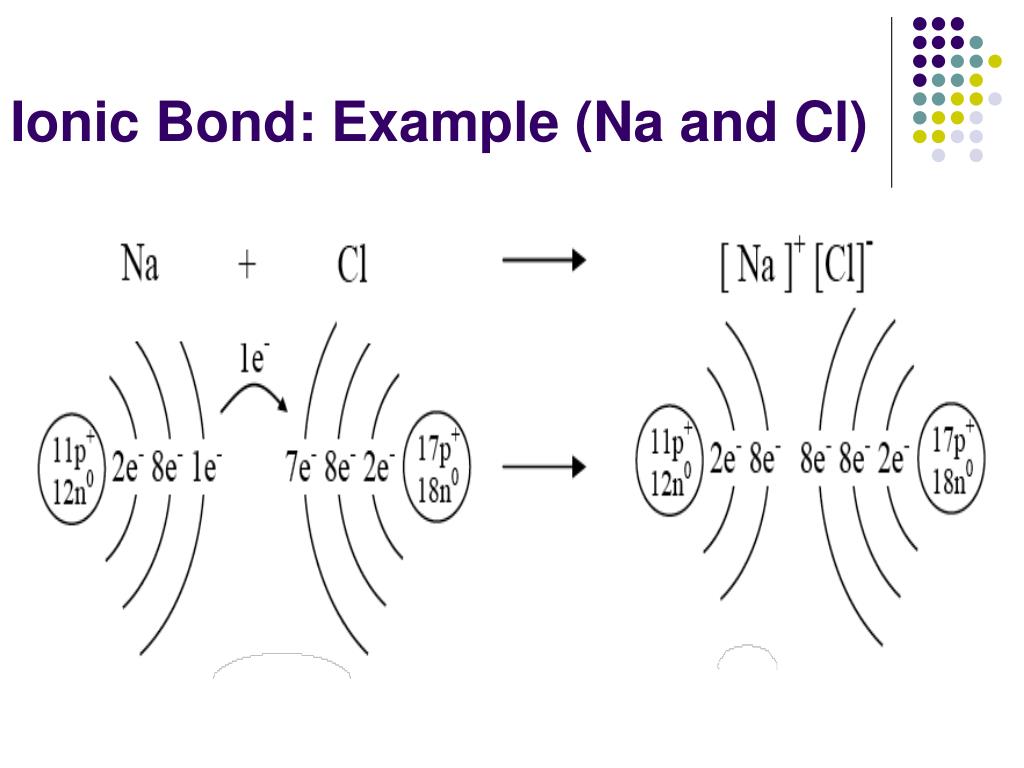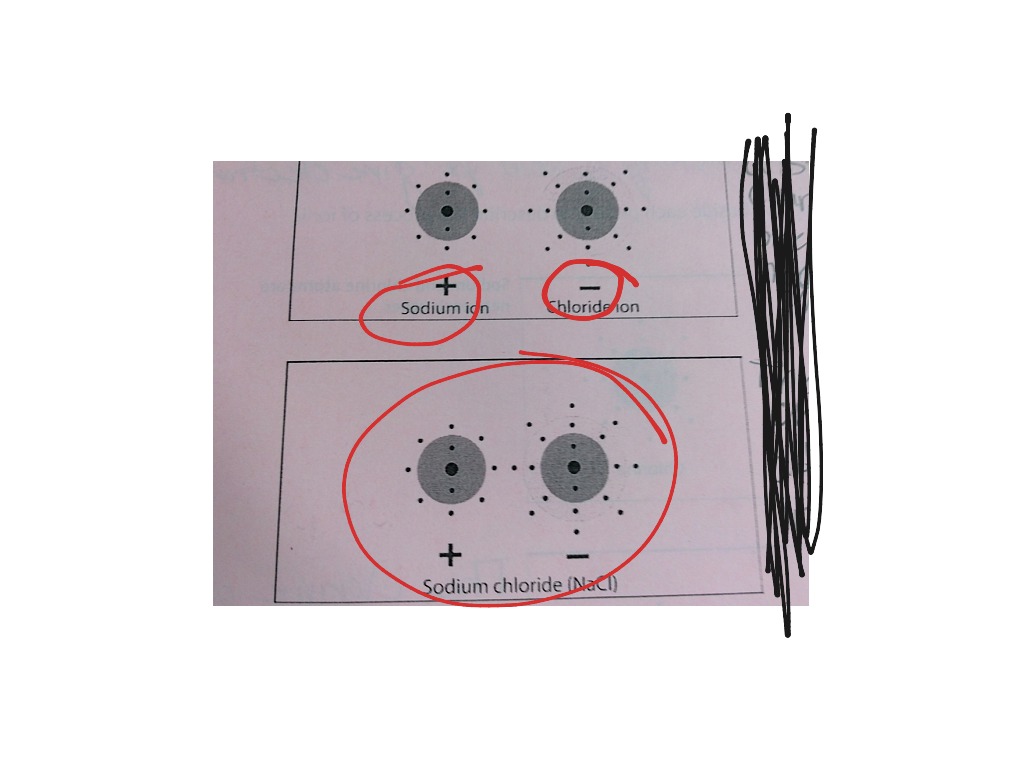
The optical MMCT transitions are at high energy. The properties of the complex are the sum of the properties of the constituting ions.

In class I compounds (or complexes) the two sites are very different from each other and the valences are strongly localized. Au ions are reduced to metallic Au by electron transfer from coordinated OH ions on the surfaces of hematite particles through their catalytic action. pH 5.9, as measured at room temperature, corresponding to the pH of the above standard system. The optimum pH to yield the maximum quantity of Au particles was ca.

As a consequence, the essential reducing agent is water. It seems that Au ions of Au(OH) Cl4 complex, formed by the first aging at room temperature, are reduced to Au particles by electron transfer from the coordinated OH ions on the surface of hematite as a catalyst of the electron transfer. īoth straight-chain and branched aliphatic aldehydes show molecular ion peaks up to a minimum of Cl4 aldehydes. The triperchlorate salt is isolated most commonly. is frequentiy used in studies of electron-transfer mechanisms. In mildly acidic to alkaline aqueous solutions the ion is reduced to the iron(II) complex. has an absorption maximum at 610 nm, an absorptivity of 330 (Mem), and a formation constant of 10. Addition of 2,2 -bipyridine to aqueous iron(III) chloride solutions precipitates the doubly hydroxy- bridged species Cl4. It cannot be prepared directiy from iron(III) salts. The pale blue tris(2,2 - bipyridine)iron(3+) ion, can be obtained by oxidation of. It dissolves in excess of concentrated hydrochloric acid to give the acid H2. It dissolves in hot water but on cooling, is slowly precipitated in crystalline form. Lead chloride is precipitated when hydrochloric acid (or a solution of a chloride) is added to a cold solution of a lead(ll) salt. The vapour contains bent molecules of PbCh (cf. The solid is essentially ionic, made up of Pb and Cl ions. Give the steps involved in the formation of cis and trans-isomers by treating ion with NH3. The catalytic cycle in which ct- methyl complexes of platinum(ll) and platinum(lV) are involved is shown in Fig. These authors demonstrated that Pt Cl4 ion could catalyze H/D exchange in methane in a D2O/CD3COOD solution and, if Pt Cls " is added, the latter oxidizes methane to methanol ( Shilov chemistry). Can you explain this answer? tests, examples and also practice Chemistry tests.The first example of a metal-catalyzed oxygen atom insertion into the C-H bond was the reaction found by Shilov and Shteinman and their coworkers in 1972 (for reviews, see References Ih and 5). Can you explain this answer? theory, EduRev gives you anĪmple number of questions to practice Considering the quadnipolar nature of M -M bond in 2-, M -M bond order in +is _Correct answer is '3.5'. Can you explain this answer? has been provided alongside types of Considering the quadnipolar nature of M -M bond in 2-, M -M bond order in +is _Correct answer is '3.5'. Can you explain this answer?, a detailed solution for Considering the quadnipolar nature of M -M bond in 2-, M -M bond order in +is _Correct answer is '3.5'. Besides giving the explanation ofĬonsidering the quadnipolar nature of M -M bond in 2-, M -M bond order in +is _Correct answer is '3.5'. Can you explain this answer? defined & explained in the simplest way possible. Here you can find the meaning of Considering the quadnipolar nature of M -M bond in 2-, M -M bond order in +is _Correct answer is '3.5'. As a result, the number of bonding electrons is increased, and the number of antibonding electrons is decreased, leading to a bond order of 3.5 for the M-M bond in. Therefore, the bonding orbitals are lower in energy, and the antibonding orbitals are higher in energy.

This can be explained by the Ligand Field Theory, which suggests that the PMe2Ph ligands stabilize the bonding orbitals more than the antibonding orbitals due to their electron-donating nature. However, the quadnipolar nature of the M-M bond in 2- also suggests that the M-M bond in would have a bond order of 3.5 when taking into account the effect of the ligands. Substituting the values in the formula, we get: Bond Order = (4 - 4) / 2 = 0 / 2 = 0 Therefore, the number of bonding electrons is 4, and the number of antibonding electrons is also 4. In the case of, the M-M bond is formed by the overlap of four d orbitals from each Re atom, resulting in four bonding and four antibonding orbitals. The bond order of the M-M bond in can be calculated using the following formula: Bond Order = (Number of Bonding Electrons - Number of Antibonding Electrons) / 2 The 2- complex has a quadnipolar nature of the M-M bond, which means that the bond is formed by the overlap of four d orbitals from each Re atom, resulting in four bonding and four antibonding orbitals.


 0 kommentar(er)
0 kommentar(er)
